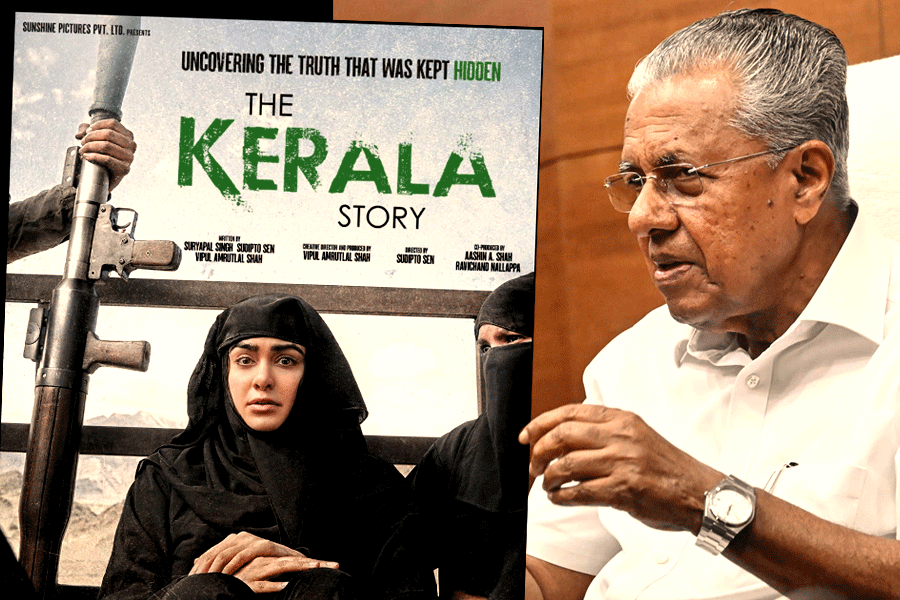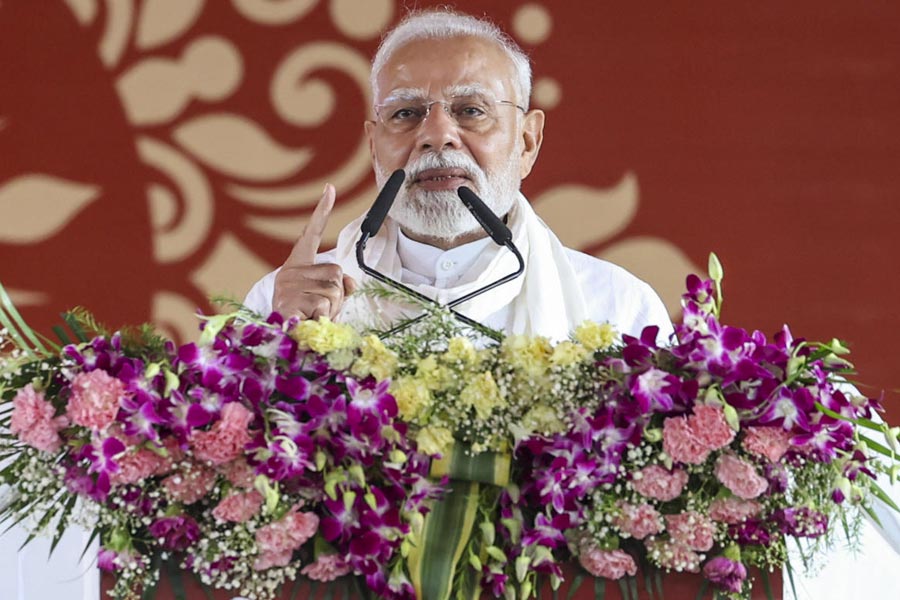TRADITIONAL INDUSTRY IN THE ECONOMY OF COLONIAL INDIA
By Tirthankar Roy, Cambridge, Price not mentioned
Tirthankar Roy has produced a much-needed work on the role of traditional industries in the colonial economy of south Asia. Roy claims that his preoccupation with traditional industries in the colonial period arose from a dissatisfaction with the artificial distinction between 'traditional' and 'modern' industries and the resultant treatment meted out to traditional industries. Similarly, his treatment of the artisan was motivated by a desire to correct the one-sided and cursory treatment the artisan has received in south Asian historiography.
He rightly points out: 'The experience of the artisan has long been used to illustrate opinions about the impact of British rule on the economy of British India and, therefore, has been a controversial topic in Indian historiography. The evidence on the artisan, however, is ambiguous' (my emphasis). To redress the balance on both counts, Roy traces the perpetuation of the traditional industries of weaving, decorative embroidery (jari work), brassiere, leatherware and carpets within India's colonial economy. The period studied is between the 1870s and the Thirties and the author does a commendable job in bringing to academic light innovations and structural changes within these industries.
To illustrate his point, Roy starts with an account of developmental models and a critique of the received view(s) on the historiography of industrialization in south Asia. In doing so, he stumbles into the theoretical trap awaiting those who seek to replace a model of dependence in a colonial context with a factually justified, theoretically tenable and academically acceptable alternative. Instead, Roy is faced with a major problem in the selection of a set of conceptual categories to justify his argument. His work suffers resultantly from a plethora of needless material, startling factual and bibliographical omissions, and the futile search for an alternative model of development.
Since the period studied is between 1870 and 1930, Roy is faced with some tough choices. He has to debunk de-industrialization, turn around the impact of free trade on the south As- ian economy, and gloss over the effects of the depression on Indian industries. The result is a curiously antiquated view of one sector of the Indian economy and its transition into the 20th century.
Roy's discontent with dependence theories and the received view of the fate of south Asian industries under colonialism is clear. Far from seeing de-industrialization as the dominant theme of the period, he emphasises the 'creative impact' of colonialism on south Asian industry. To bolster his argument, he sees 'commercialization' as a 'significant tendency' in traditional industries and shows that 'productivity can and did increase within the crafts.'
Roy seems unaware that commercialization under colonialization is by nature intrinsically different and is always generated through different imperatives. This leads Roy to such bizarre assertions as '(My) book disputes an influential belief that exposure to free trade destroyed or devitalized the Indian artisan, and, in this way, was regressive in its impact on the economy of colonial India'. But persistence, innovations within a colonial framework and limited change does not dispute the wider generalizations of economic historians of colonial south Asia.
Roy cites the cases of Europe and East Asia to 'see south Asia in a
larger context' while drawing lessons for studying context-dictated industrialization on south Asian soil. And again Roy mentions that the proto-industrialization theory is 'largely incompatible with Indian material'. Answers, according to him, must be sought in the specific conditions of south Asian soil. Then why devote so much space to comparative development, proto-industrialisation et al? To ensure that the reader is familiar with the European and east Asian experiences of industrialization?
So what is more important ultimately-comparison or context? What methodology is Roy following?
 Saturday, 02 August 2025
Saturday, 02 August 2025









